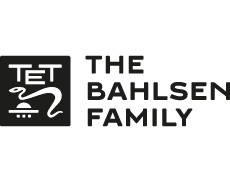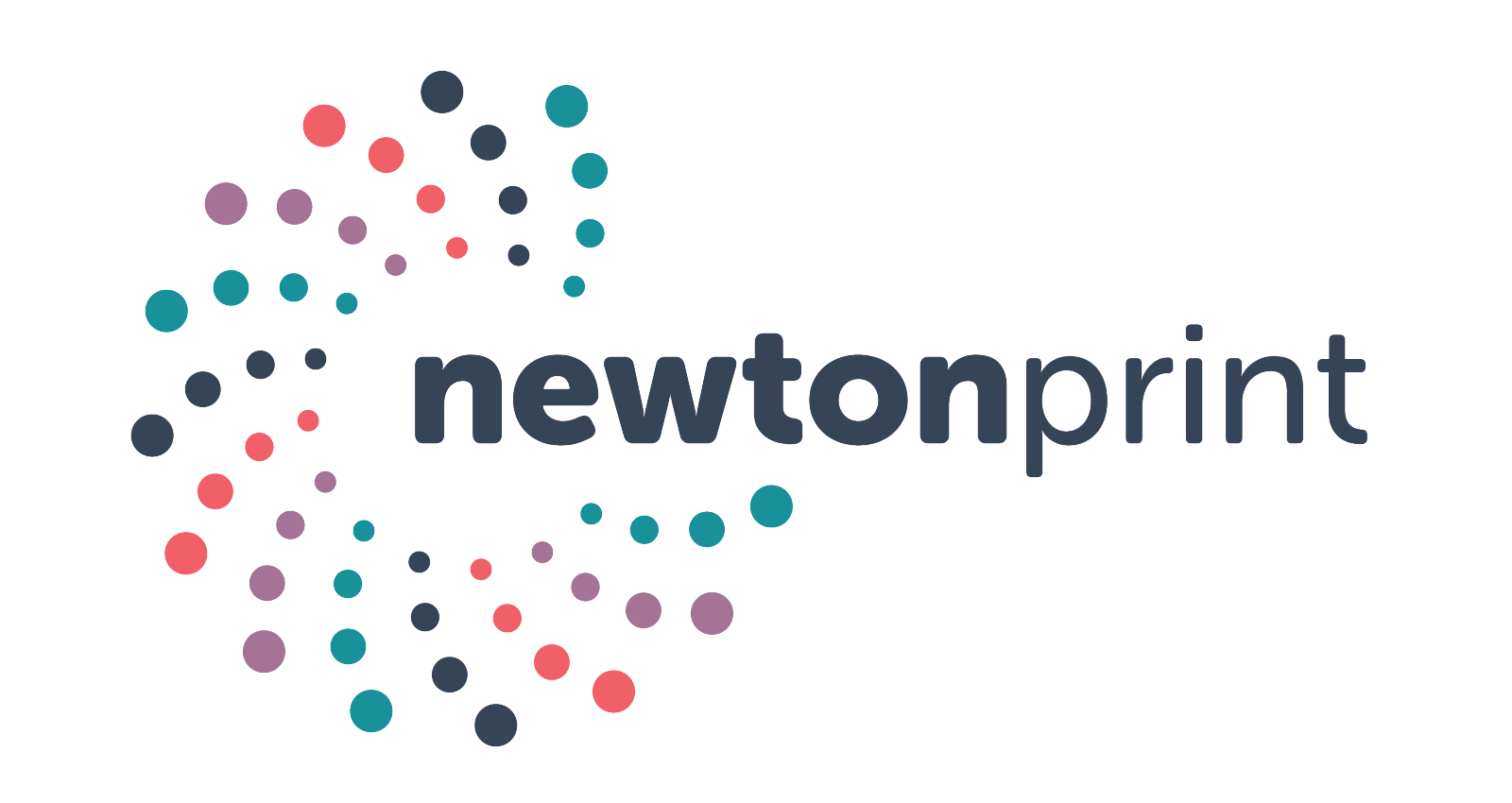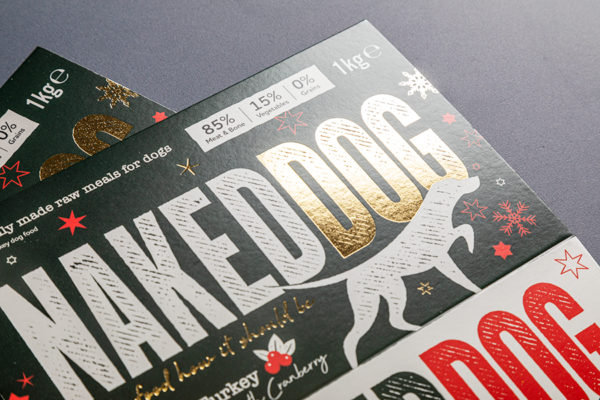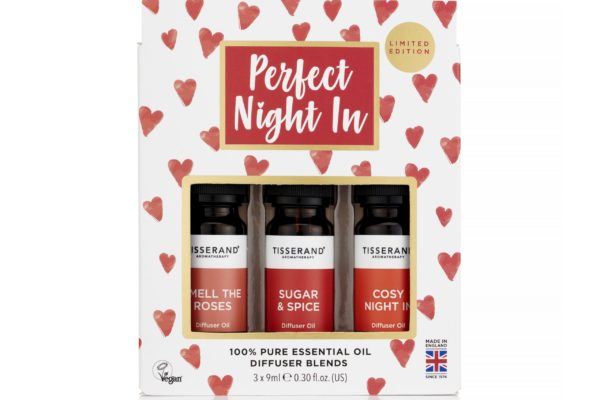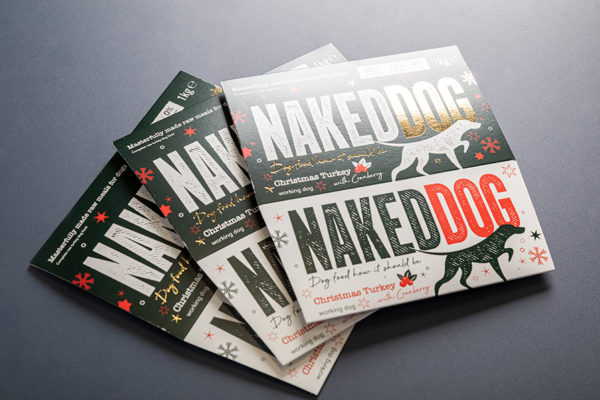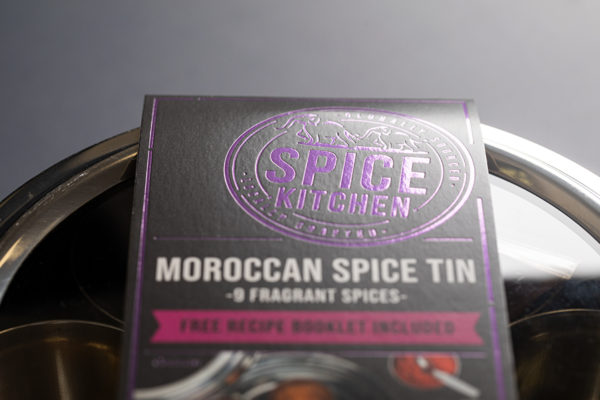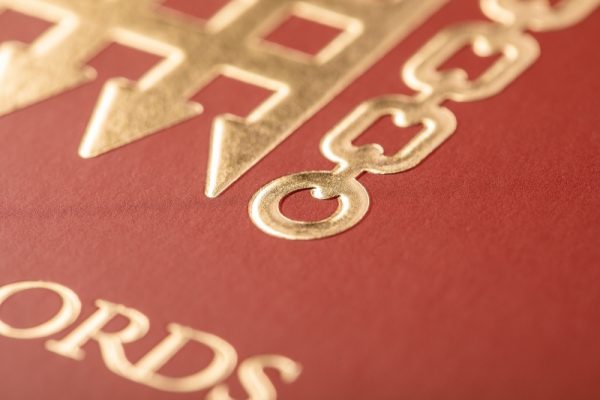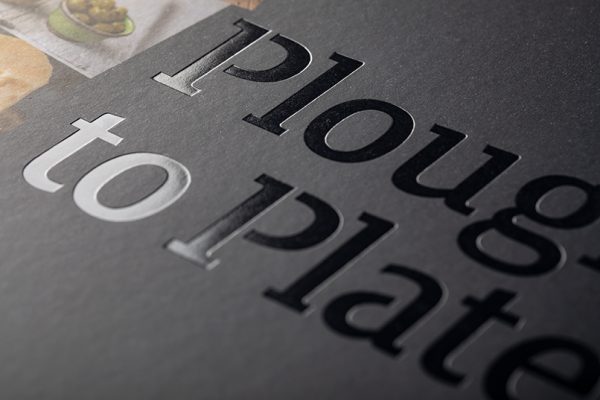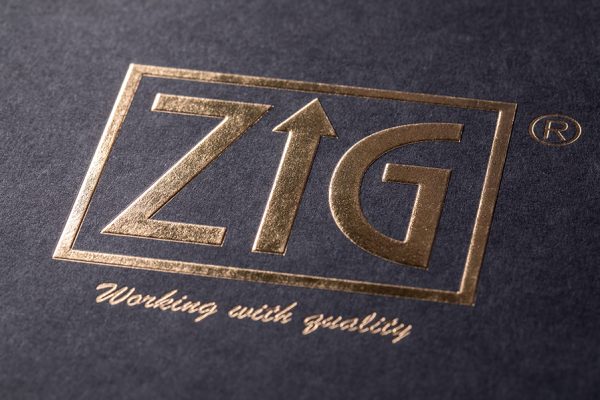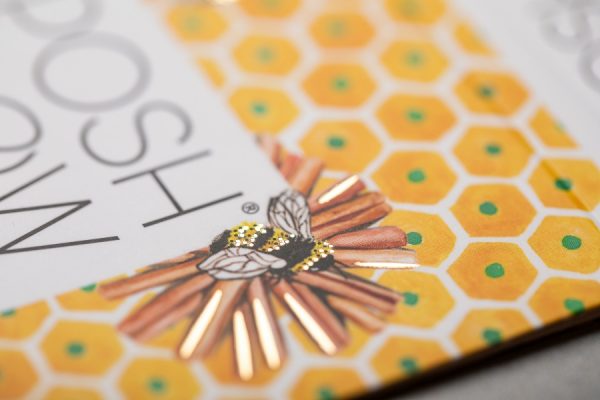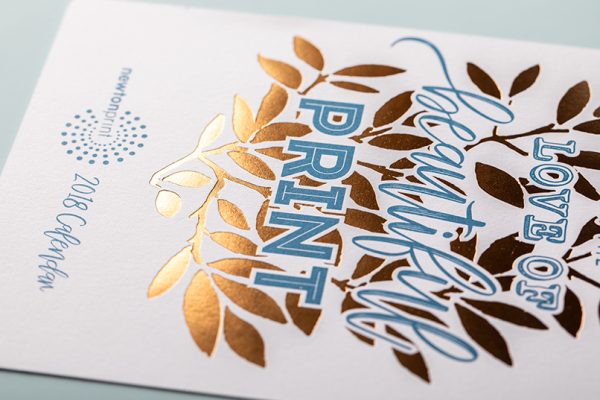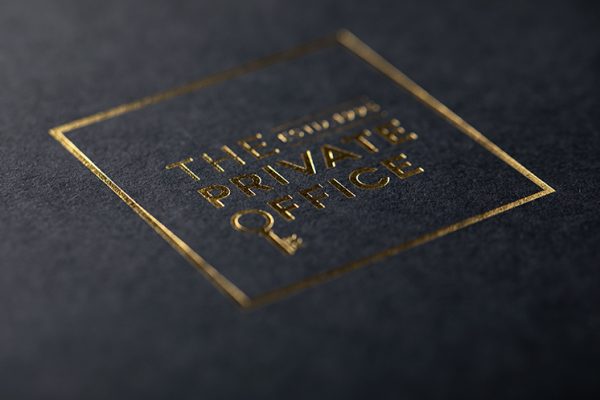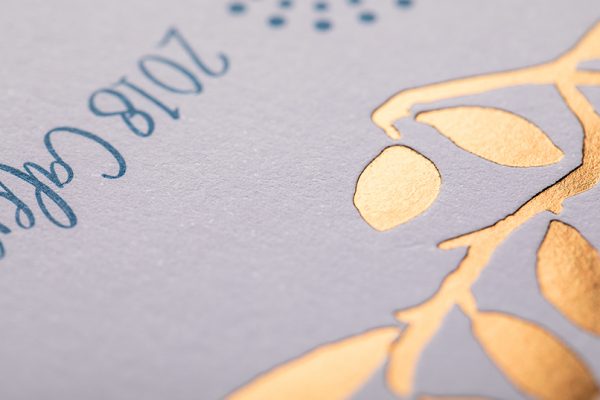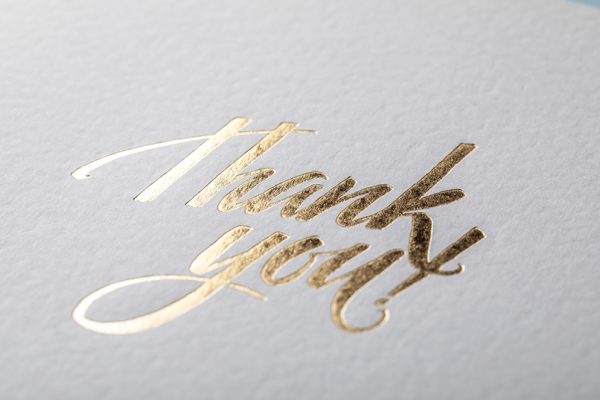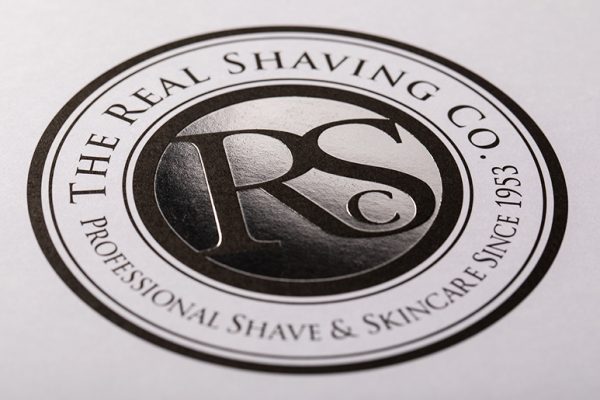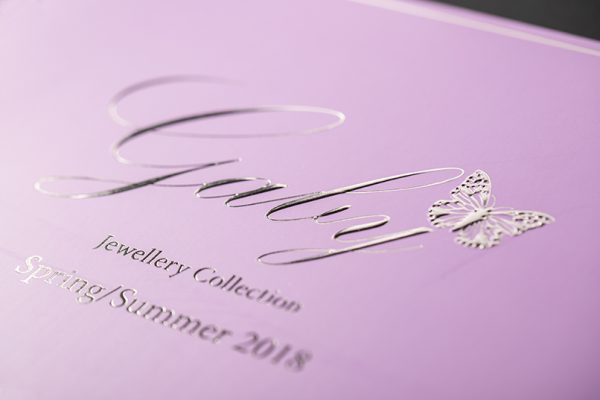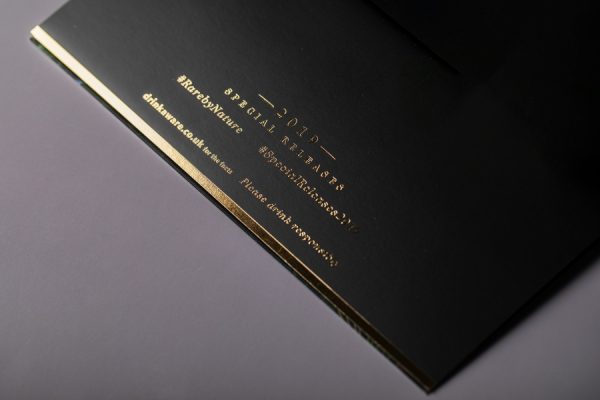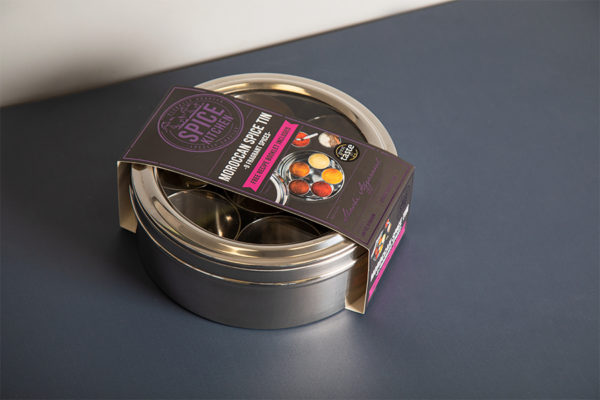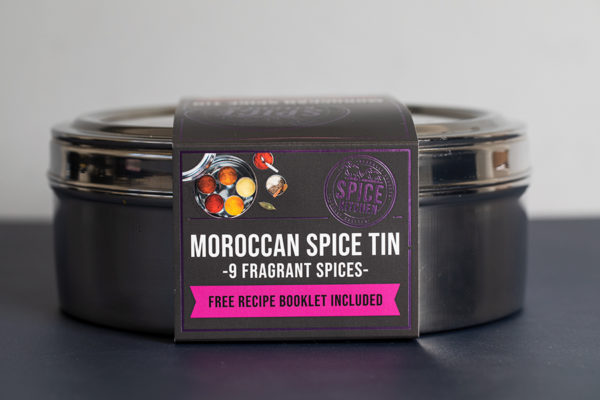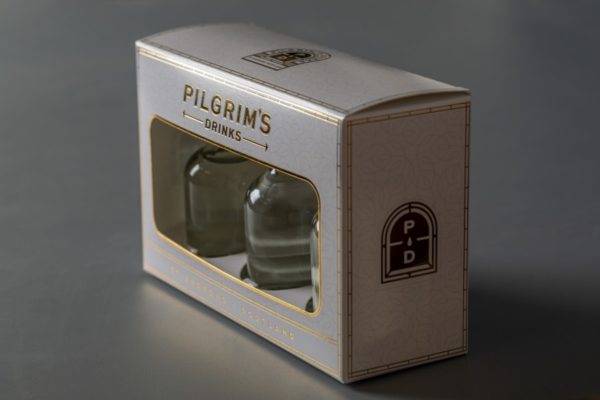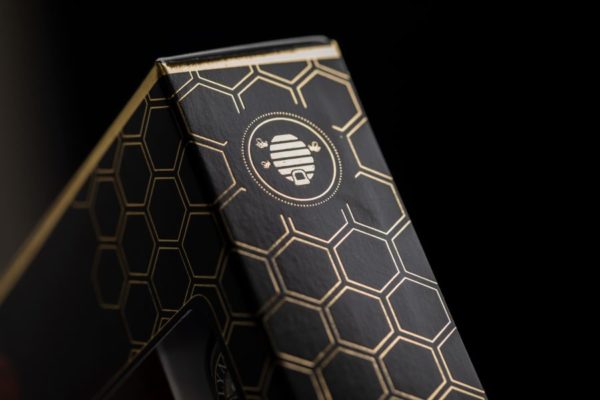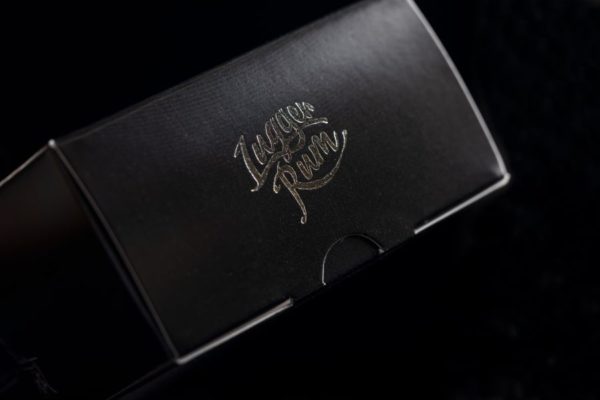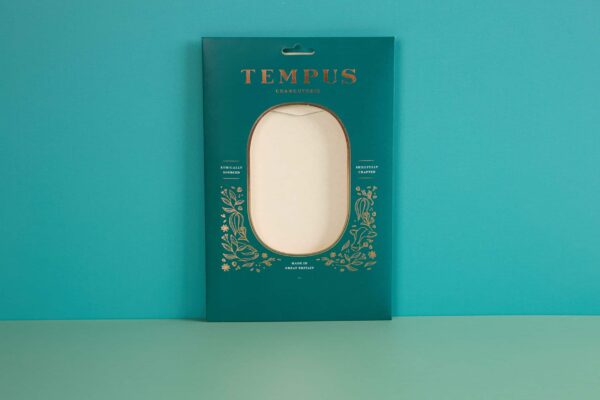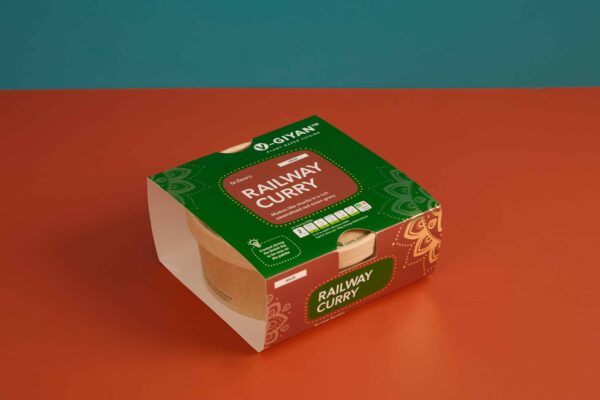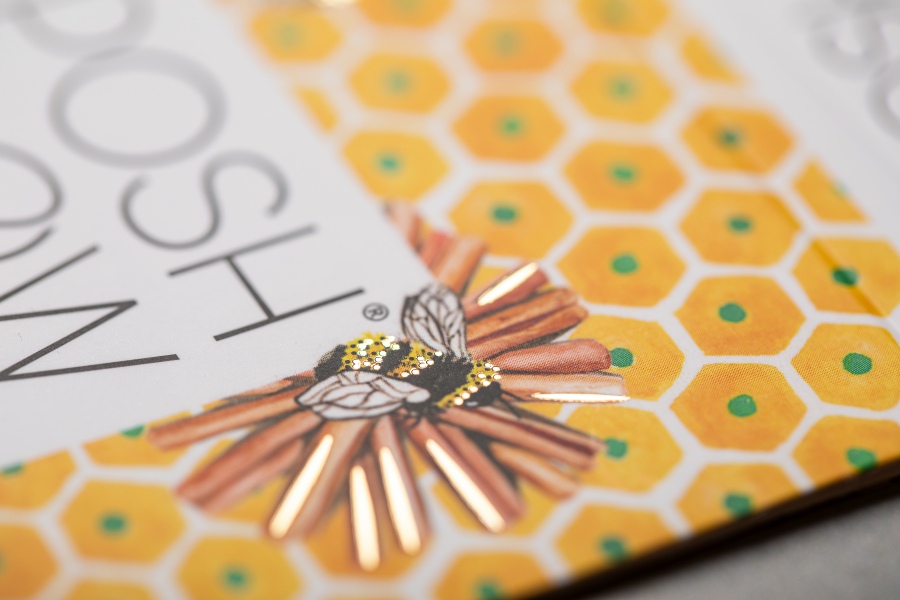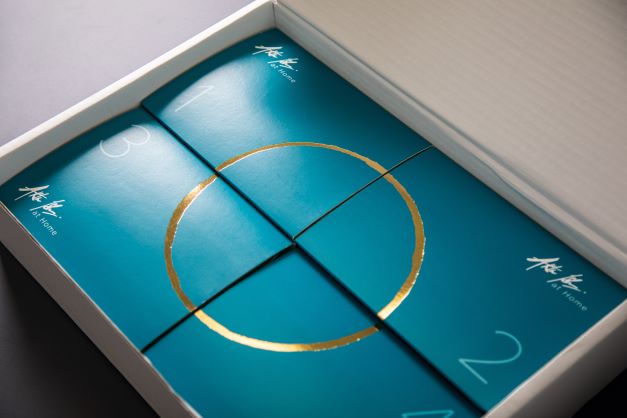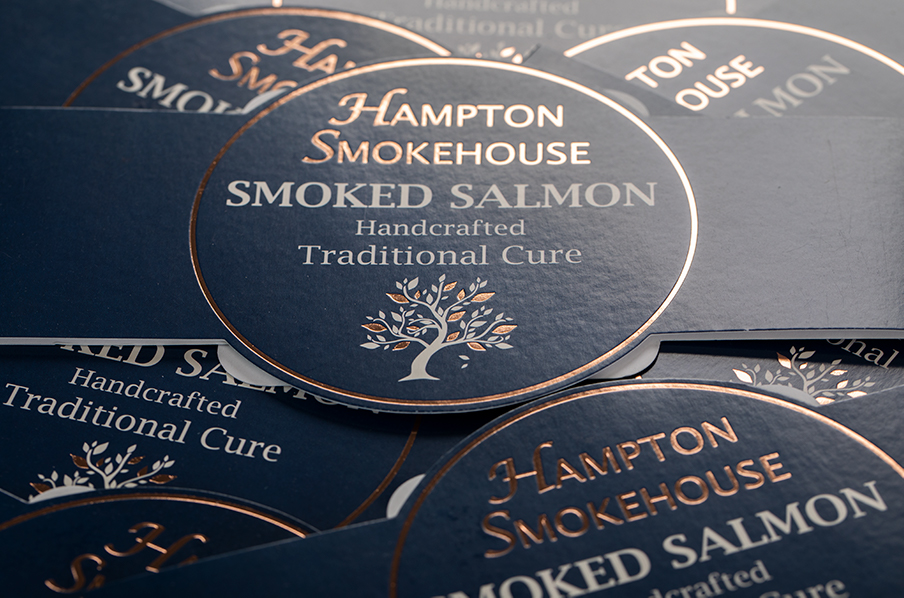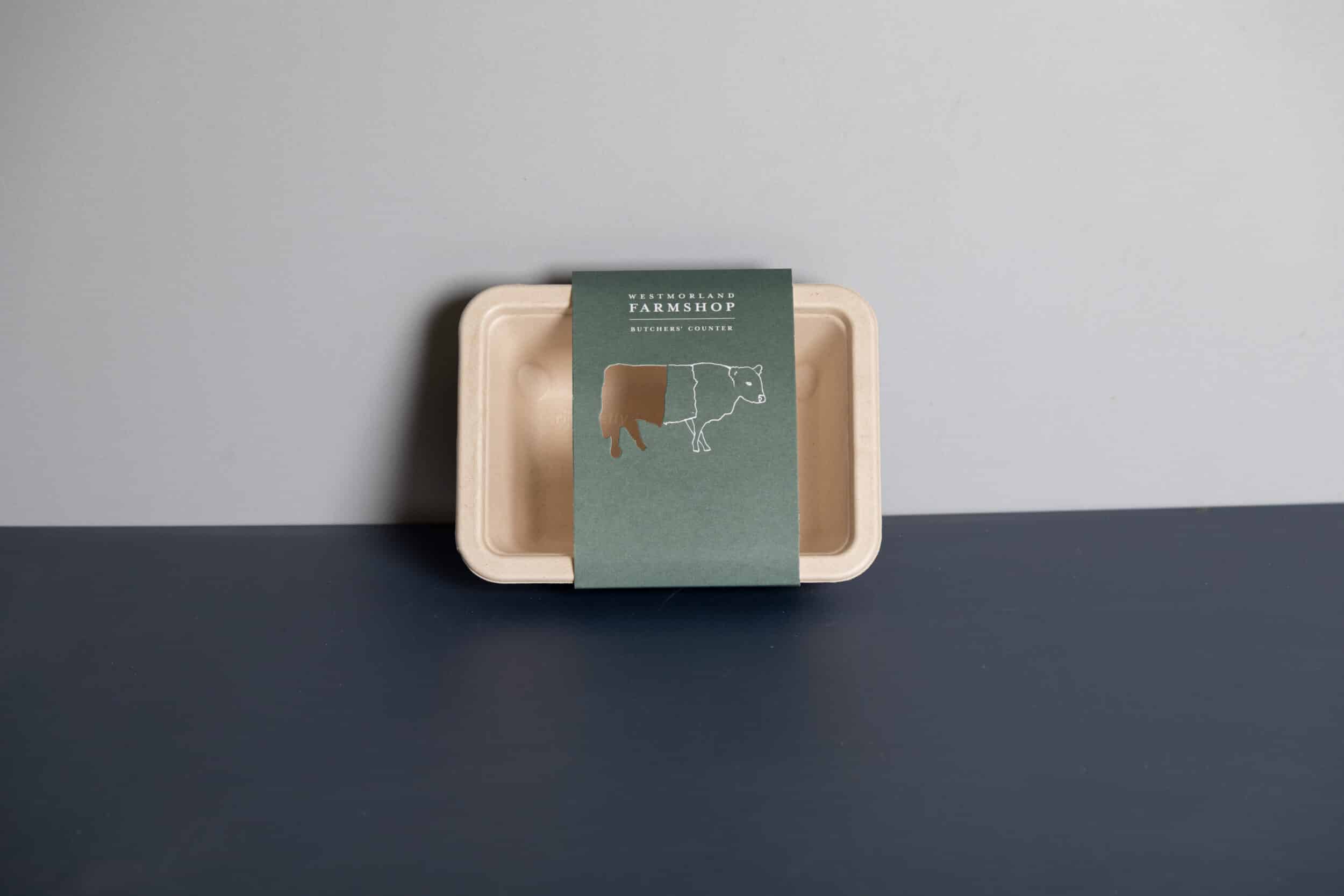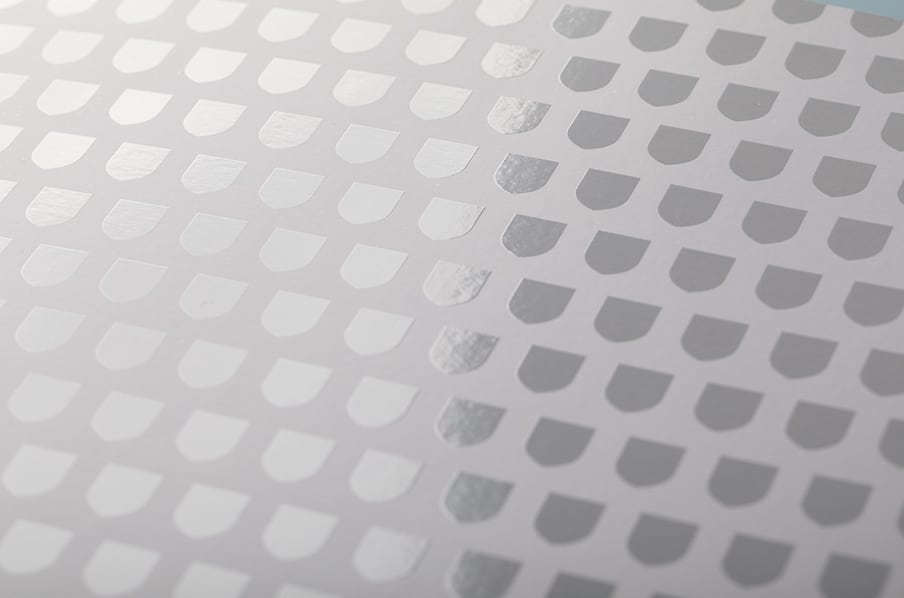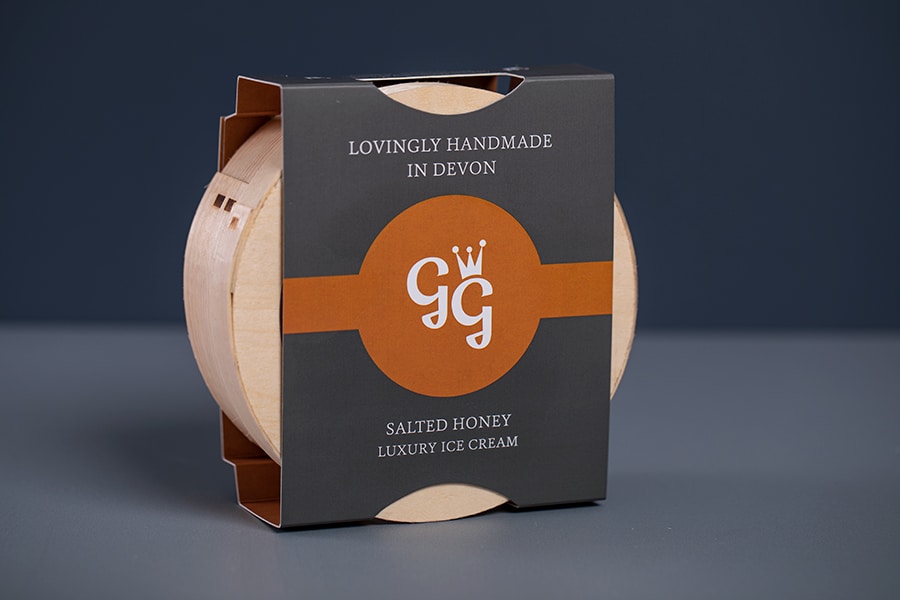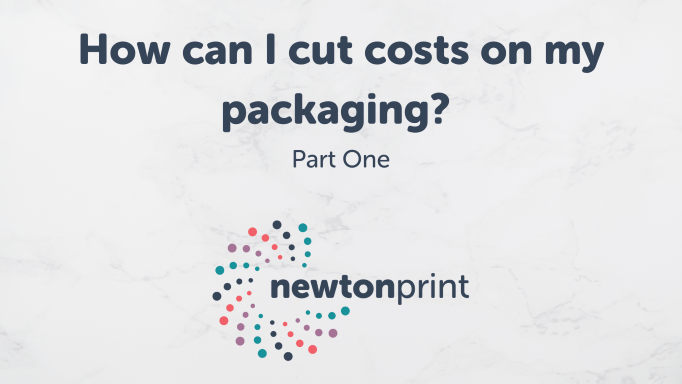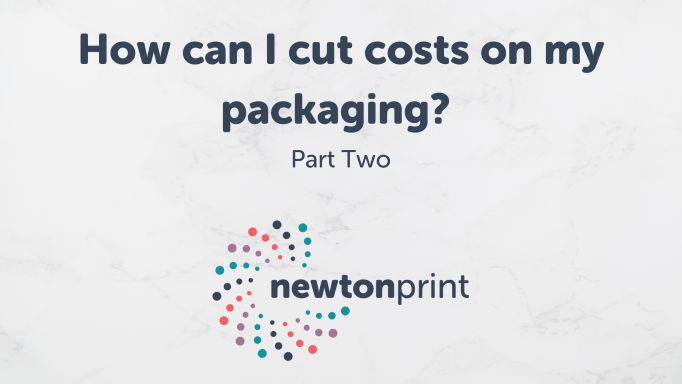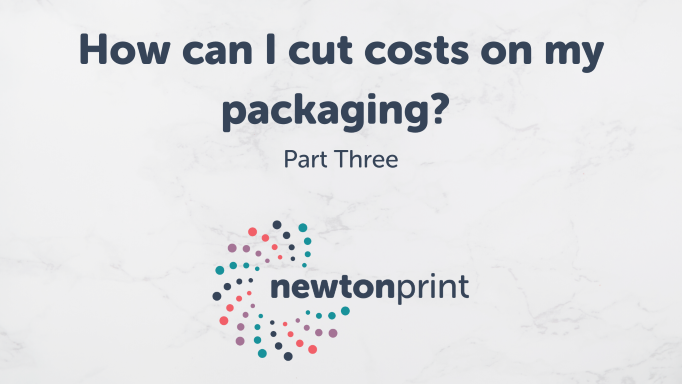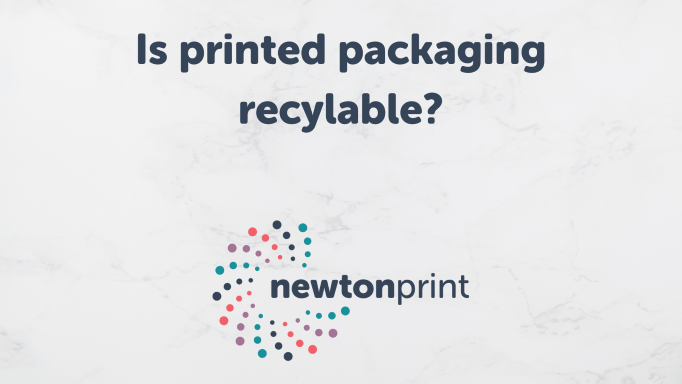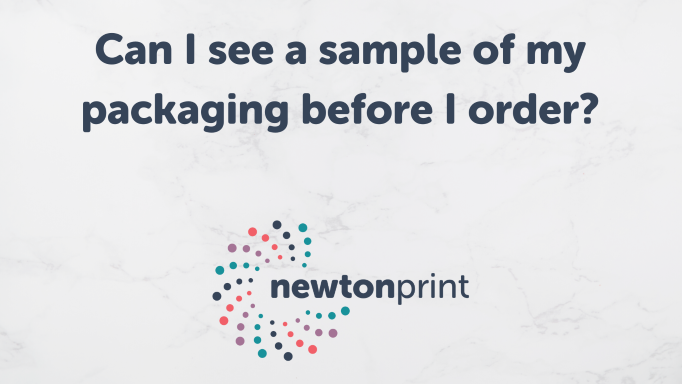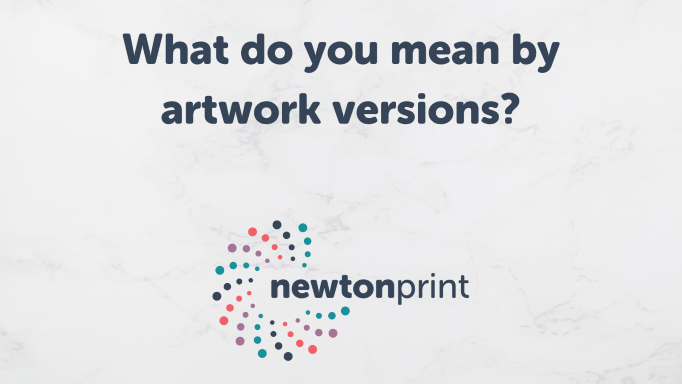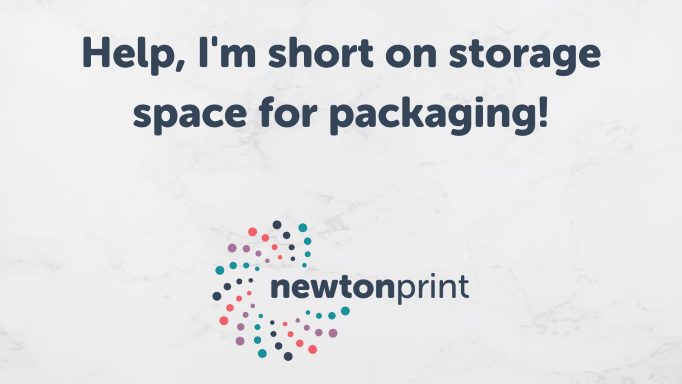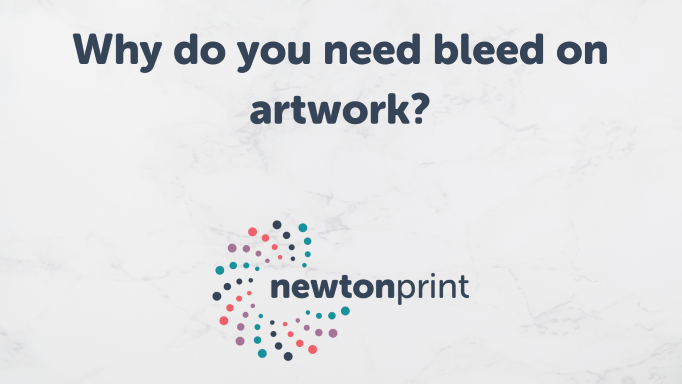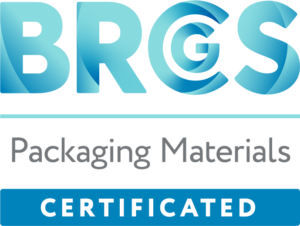Foil Block Printing


FAST

CUSTOMER
LOVE

IN-HOUSE
EXPERTS

MARKETING
AWARDS

MORE THAN A
PRINTER

CARBON
BALANCED
FAST
TURNAROUND
CUSTOMER
LOVE
IN-HOUSE
EXPERTS
MARKETING
AWARDS
MORE THAN A
PRINTER
CARBON
BALANCED
FOIL BLOCKING: Heavy metal print!
Foil block printing is arguably the most visually stunning of all embellishments available to print and definitely our favourite. The beauty of foil block is that even the most basic and simple of designs can be instantly lifted by a metallic splash of foil.
Foil blocking is one of so many special effects that will make your printing and packaging look incredibly special but it stands alone being so eye-catching; the way it catches the light can mesmerise the toughest of customers.
What is foil block printing?
Foil block printing is a unique process. It uses a moulded metal die which is heat-stamped onto the paper with an ultra-thin sheet of metal foil in between. This transfers the metal foil to the paper in the shape of the die.
It’s also known as hot foil printing because of the heat used in the process.
How can I use foil blocking in my printed marketing or packaging?
Foil blocking is generally used to great effect as an embellishment to a luxury brochure, piece of direct mail or retail packaging. Most commonly, it’s used as part of a corporate brand within the logo or to highlight a landmark in company history (silver for 25 years etc).
However, foil printing can also be used in many other ways to enhance a design. Use it within illustrations to pick out flourishes, or to pick out a patterned background (geometric lines work really well). You can also use font as art with hot foil printing. Check out some of our images below for inspiration on how you can incorporate foiling in your packaging or printing!
What colours are available with hot foil printing?
It’s generally taken for granted that foil block is silver or gold as they are the most common colours. But there’s far more to it than that; foil blocking is available in a huge range of different colours as well as some really special effects including:
- Holographic
- Pearlescent
- Textured
- Clear
- Gloss or Matt
- Almost any colour
If you would like to find out more about our foil blocking services then please do get in touch by phone, email or just pop a question in the chat window below.

FREQUENTLY ASKED QUESTIONS
What do I need to look out for when designing for foil block printing?
Remember that foil blocking relies on a metal die to stamp the design onto the paper, so don’t design your artwork with any foiling areas that are minutely detailed or have very fine lines. If you have a very complex illustration, you can pick out a lot of these details with a textured foil or by combining embossing with foiling.
Can you print foil block to match a Pantone colour?
Foil blocking is available in such a huge range of colours that you’re bound to find one to suit your brand. If you can’t though, there’s a pretty good workaround. Simply use a standard pantone colour within the print process, then apply a clear foil block over the top! Still gives the same foil printed effect, but this time with your corporate colours as consistent as ever. Winner!
Can you add foil blocking to my packaging?
Yes! Foil printing is a great way to instantly lift your packaging design. Our design team are highly skilled in both the creative and technical aspect of packaging design so that it not only looks good but is cost-effective to produce.
Can you help me with luxury packaging?
Yes! We are experienced in luxury packaging, and can produce in a range of beautiful substrates. Printing embellishments including foiling, spot UV varnish, embossing and laminations are the best way to lift your luxury packaging.
Can you print sustainable packaging using foil blocking?
Yes! Hot foil printing can be recycled so long as the material that has been foiled is recyclable. We are a certified BRC and Carbon Balanced printing company and we use vegetable-based, low-odour food-grade inks. We can help you ensure your packaging is fully recyclable and compostable too.
SEE THIS IN ACTION
YOU MIGHT ALSO LIKE
BRANDS WE’VE WORKED WITH



















